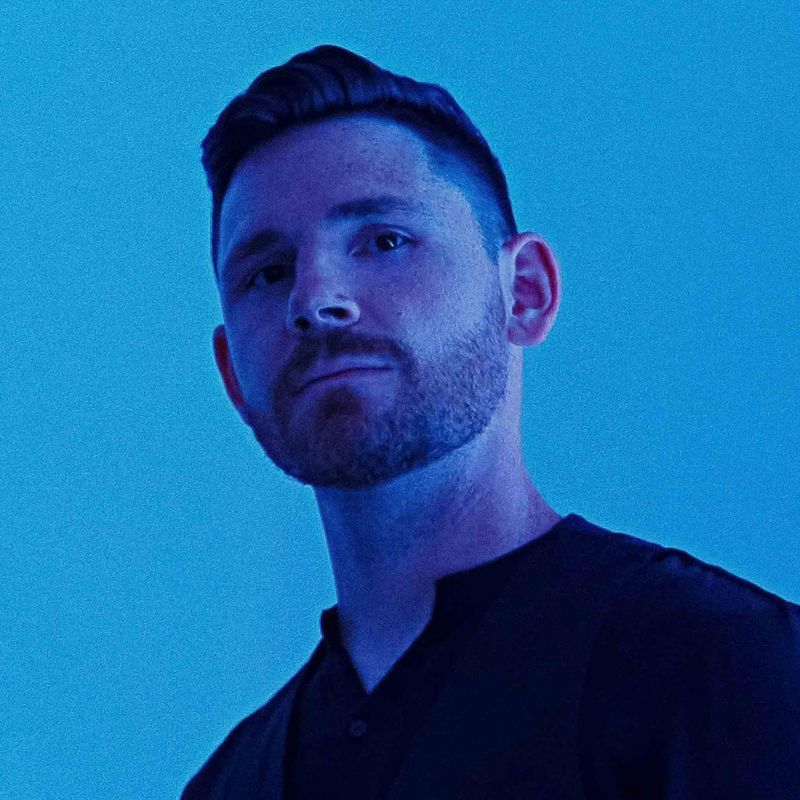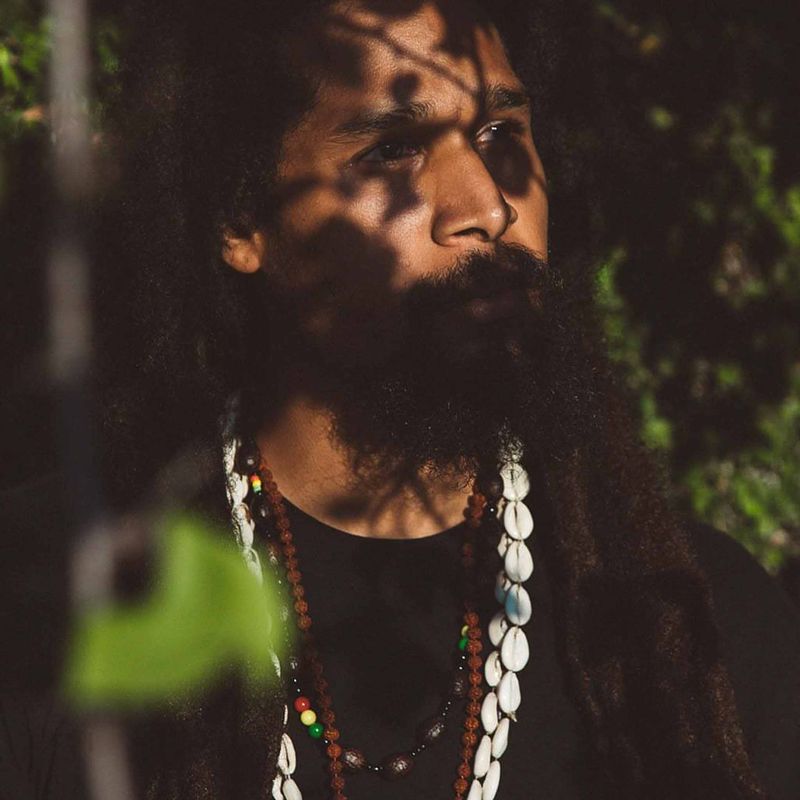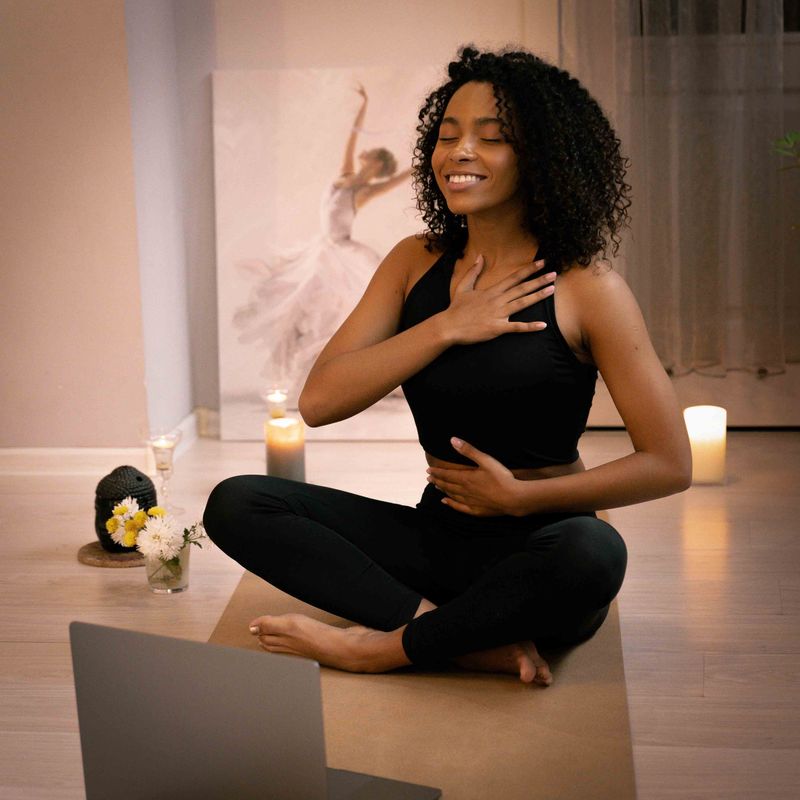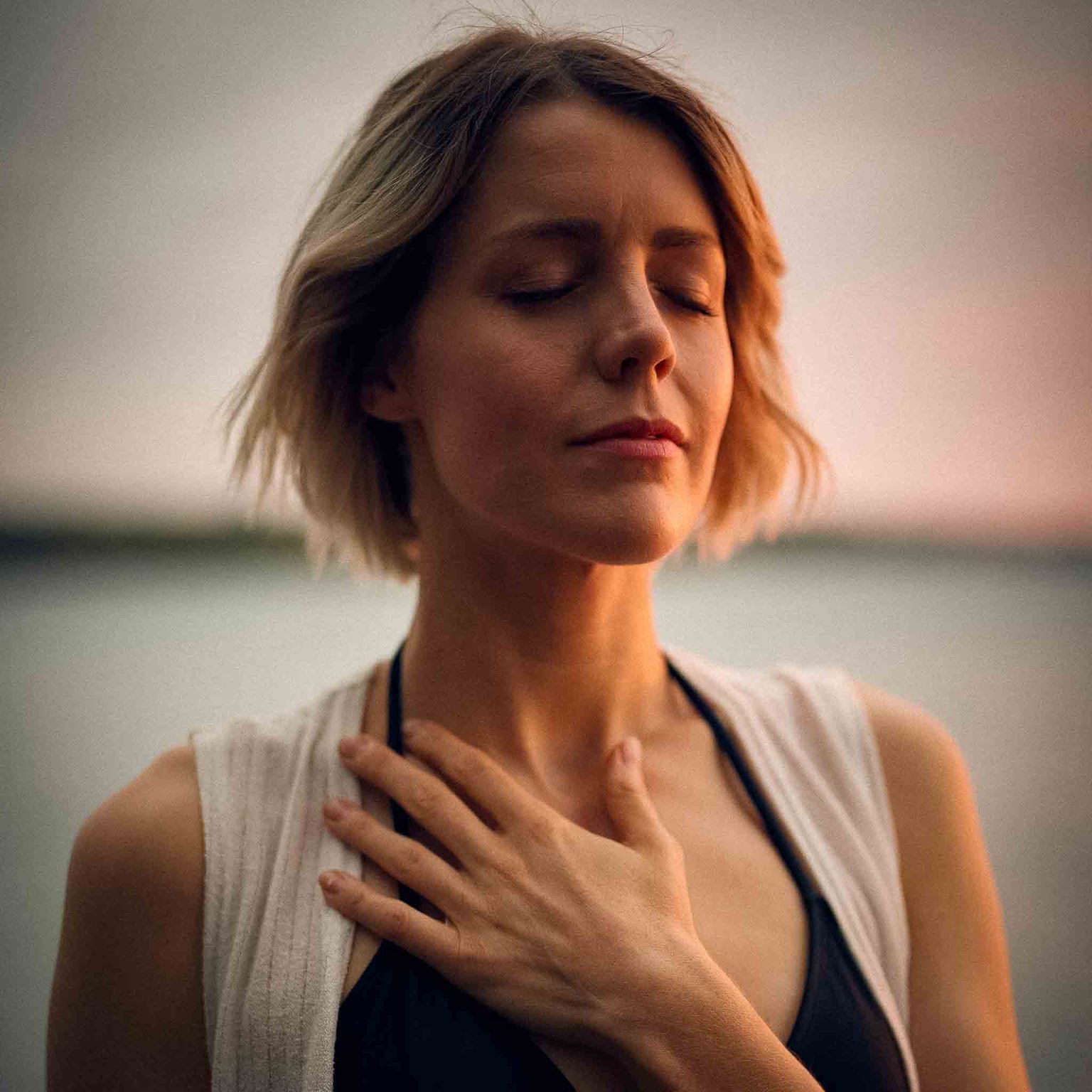
Credit: Darius Bashar. Source: Unsplash
August 3, 2022
mindfulness
Transform pain into peace with these 3 extremely simple steps.
Life is a mixture of joy and pain. When life is good, we glide through it, soaking up each moment. Though when emotions like sadness, fear and despair arise, life can feel heavy, and be a complex place to navigate.

Credit: Maksym Kaharlytskyi Source: Unsplash
What do we do when times are tough?
Even though I'm a mindfulness and meditation teacher, and have a big bag of tricks to help me through my struggles, 2020 was undoubtedly a landslide of physical, emotional and mental misery. I had spent the majority of 2020 in an unwavering depression. Old wounds from my childhood rose to the surface which felt impossible to process, though luckily therapy helped me, and the darkness slowly but surely began to lift.
Queue in the pandemic, and the progress I made quickly dispelled... I'd arrived at breaking point.
Australia responded to Covid by closing its borders. As an American living in Australia, I was gutted. Even though I'm married to an Aussie and Australia is my home, most of my family live in the United States, which made the border closure a hard pill to swallow. Despite who you’re with and who you love, living far from those you adore isn’t easy. The stress I felt from legally being forbidden to travel to my homeland brought on a sticky layer of angst.

Credit: Dimitar Donovski Source: Unsplash
Melbourne went into a Stage 4 lockdown. Meaning all businesses were closed until further notice. You were only able to leave your house for what the government deemed essential services, or two strict hours of outdoor exercise. The uncertainty of when I’d be able to return home, as well as when I'd be able to properly operate my business, was weighing on me.
Simultaneously, my autoimmune disease, ulcerative colitis began to flare. My large intestine became inflamed with bleeding ulcers and my digestion was severely disrupted. Eating and going to the bathroom fraught me with anxiety as I waited for my prescribed medication to relieve my horrific symptoms.
Physically I was weak, disheartened and fatigued. Sleep was elusive. My nerves were shot. I couldn’t get a grip on my negative overthinking. I was completely and utterly consumed by fear, and my emotions were out of control.
I felt trapped in my failing body and held captive by my wild mind.

Credit: Camila Quintero Franco Source: Unsplash
As I often do, I turned to my mindfulness practice for support. I am already a daily meditator, however I knew I needed to dive deeper. I began studying Mindful Self-Compassion, an 8-week course by Dr. Kristin Neff and Chris Gerber. In summary, this course was designed to help us be kinder to ourselves. Scientific research shows practicing mindful self-compassion helps boost biological happiness, and foster resiliency. Amidst everything I was going through, I knew it was what I needed. So I enrolled in the online course.
What is self-compassion?
Put simply, it’s being a dear friend to yourself.
Imagine if we gave the same amount of care to ourselves as we do to others? Observably - I try to always treat those close to me with softness and understanding, so why don’t I treat myself the same when I’m feeling inadequate, exhausted and broken? Mindfulness teaches us to open-up to unpleasant feelings, rather than resist and ignore them. Self-compassion teaches us to attend to ourselves with delicate care, as we would anyone else we love.

Dr. Kristin Neff and Chris Gerber’s course involved daily meditation and mindfulness practices. There was a lot, and I mean a lot, of self-inquiry, and learning how to navigate heavy emotions in a new and effective way. Each week was a journey of peeling away spiritual and emotional layers, cultivating the nourishing practices to sooth my suffering. I was learning how to care for my pain in a way I’d never experienced before.
Within this course there were countless valuable practices and lessons. I'd like to dive into a few of the most impactful one’s for you here.

Credit: Sander Sammy Source: Unsplash
My top three practices to help transform pain into peace.
These three practices involve physical touch as a gesture of kindness to yourself, and the beauty of these? You can do them anytime, anywhere.
Whilst these practices are intended for moments of distress, I invite you to practice with me right now if you are in an environment safe to do so.
1. Place your hands on your heart. Rest your attention here. Imagine you are holding your heart. It feels heavy. Give yourself permission to acknowledge that life is hard sometimes. If you wish to do so, move your hand in a circular motion over your chest as a soothing gesture. You can stay here as long as you need.
2. Hold your own hand. That’s right - the simple act of holding your own hand can help you feel nurtured. It may feel odd or unusual initially, though this is a gesture of being there for yourself, and you can practice this in public without anyone even realising it. Place your palms together, and let your fingers fold around your hands. Feel the instant sense of support.
If I’m feeling overwhelmed or anxious, this is my go-to. Whether I’m waiting at the doctor’s office, or in a tense meeting. Quietly holding my own hand makes me feel like I’ve got this, and I’m not alone.
3. Self-hug. It’s what I need most when I’m in a whirlwind of strong and unpleasant emotions. When I was a child, I remember the nurturing feeling of my mother’s hugs when I ran to her upset. There’s nothing like that sacred balm of being enveloped in your mother’s arms. Through a self-hug, you can extend a portion of this feeling unto yourself.
I remember my first time practicing this one. The flare was out of control, and I was about to begin a stronger medication, steroids. This medication was something I desperately hoped to avoid due to the extenuating side-effects. I felt defeated and hopeless.
I had returned from the pharmacy and was required to take my first dose. I stood there in my kitchen with tears streaming down my face. I crossed my arms and wrapped them around each of my shoulders. I let the tears flow. After a few minutes, I felt like I could get through this moment, and I would eventually be okay.
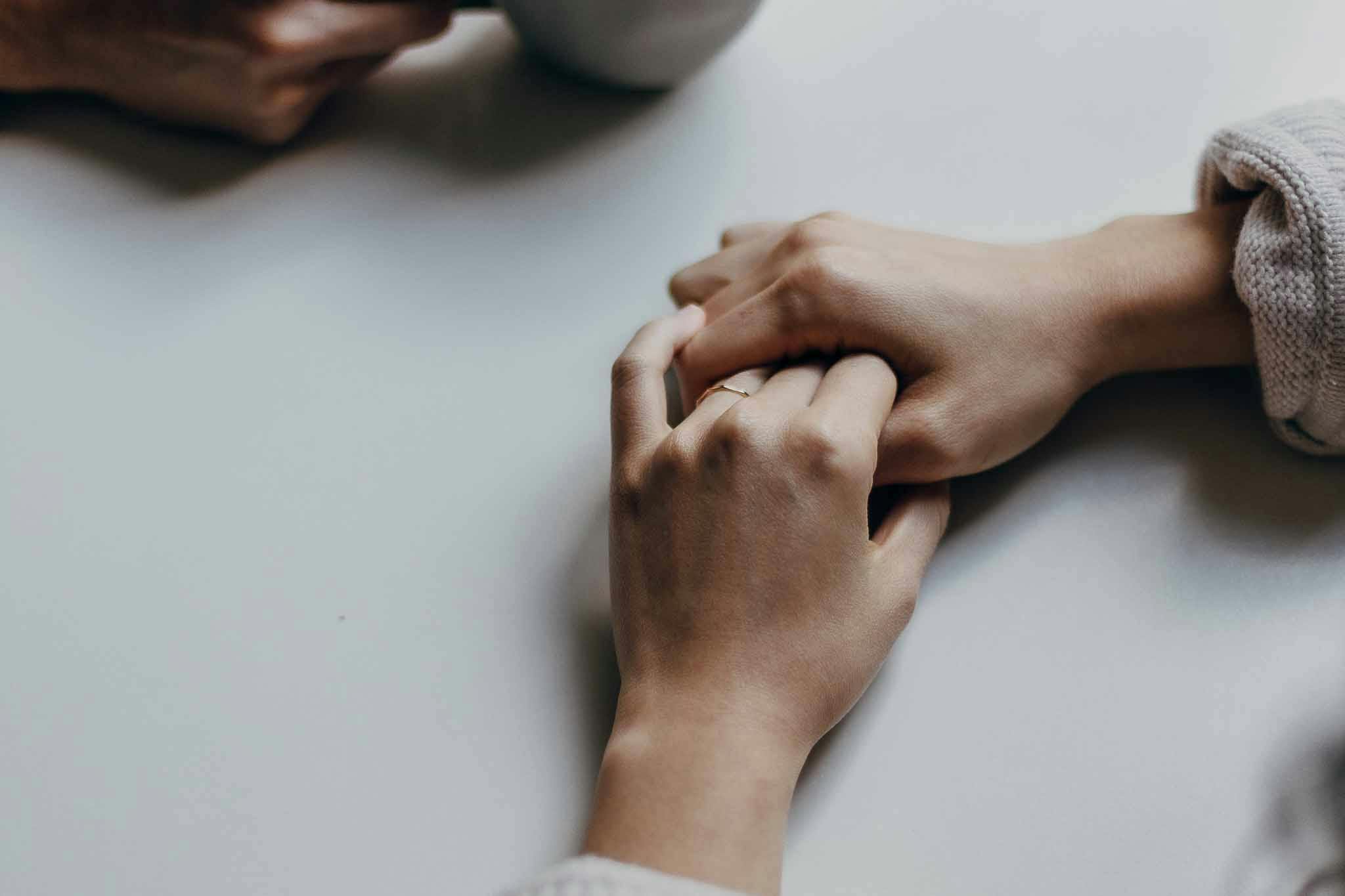
Credit: Priscilla Du Preez Source: Unsplash
Self-compassion practices have taught me to view life through a gentler lens. Thanks to Dr. Kristin Neff and Chris Gerber’s course, and plenty of ongoing regular practice, I now approach myself with more understanding and softness. Life can still be hard, don’t get me wrong, but these practices are just one more tool to help you better care for yourself, and walk on the path toward healing.






